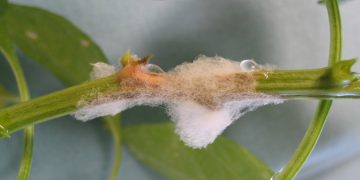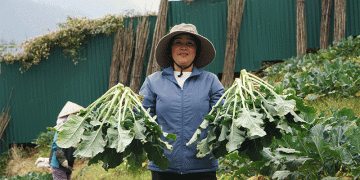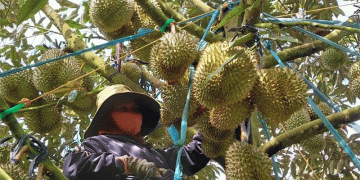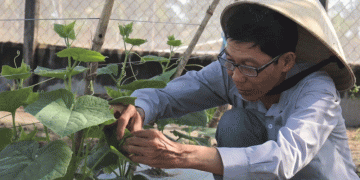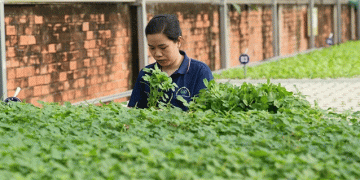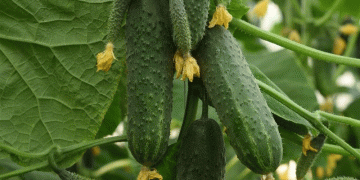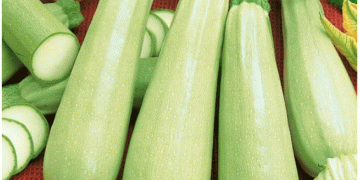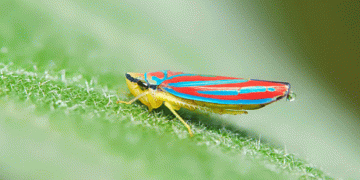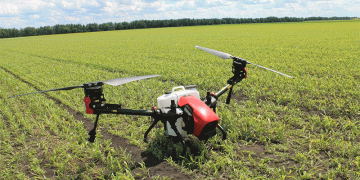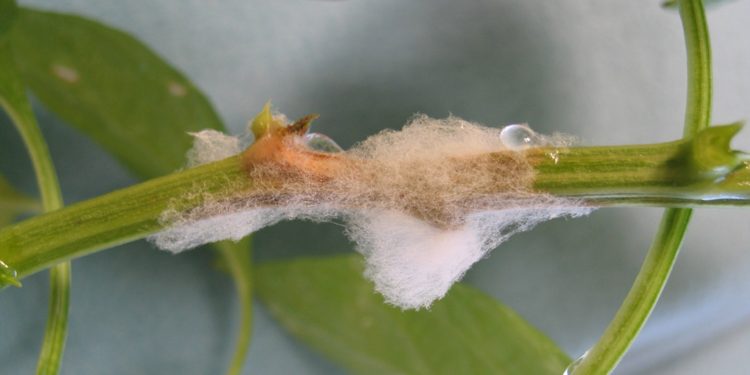#PlantPathology #CropDisease #FungalInfection #SustainableAgriculture #BiologicalControl #RNAInterference #GenomeEditing
White tip disease, caused by the fungal pathogen Sclerotinia sclerotiorum, is a major threat to several crops, including soybean, canola, sunflower, and lettuce. The disease is characterized by white cottony growth on the stems, leaves, and pods of the plant, which eventually leads to their decay and death. The fungus produces tough, black, survival structures called sclerotia, which can remain viable in the soil for several years, making it difficult to manage the disease.
Development: Sclerotinia sclerotiorum infects the plants by releasing spores that can be carried by wind, water, or insects. The spores enter the plant through natural openings or wounds and establish themselves in the tissue. The fungus then produces enzymes that break down the cell walls, causing the typical white cottony growth. The disease can spread rapidly under favorable conditions, such as high humidity, moderate temperatures, and wet conditions.
Consequences of Development: White tip disease can cause significant yield losses in affected crops, ranging from 10% to 100%, depending on the severity of the infection and the stage of the crop. The disease can also affect the quality of the produce, reducing its market value. Moreover, the fungus can infect several other plant species, making crop rotation and disease management challenging.
To combat white tip disease, several strategies have been developed, including the use of resistant varieties, cultural practices, and fungicides. However, these strategies have limitations, and the fungus has developed resistance to some of the commonly used fungicides. Therefore, there is a need for innovative and sustainable approaches to manage the disease.
Researchers are exploring various avenues, such as biological control, RNA interference, and genome editing, to combat the fungal menace. Biological control involves using naturally occurring organisms, such as bacteria, fungi, and viruses, to suppress the growth and spread of the pathogen. RNA interference is a gene silencing mechanism that can be used to inhibit the expression of genes essential for the pathogen’s survival. Genome editing is a tool that can be used to introduce specific mutations in the pathogen’s genome, rendering it less virulent.
White tip disease caused by Sclerotinia sclerotiorum is a significant threat to several crops, and its management requires a multifaceted approach. Innovative and sustainable strategies, such as biological control, RNA interference, and genome editing, offer promising solutions to combat the fungal menace.
